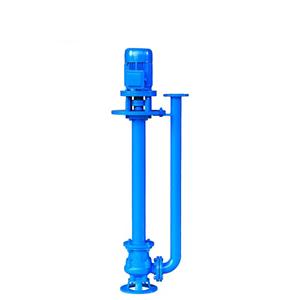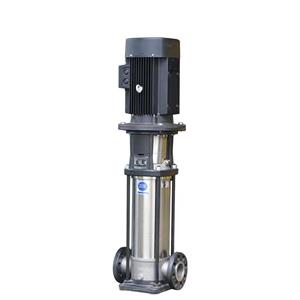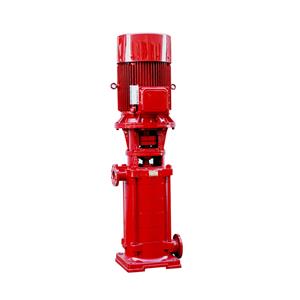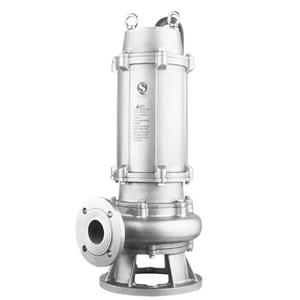-
1501-2025
Reasons for the Decrease in Outlet Pressure of High - Temperature - Resistant Centrifugal Pump
The decrease in the outlet pressure of a high - temperature - resistant centrifugal pump can be attributed to multiple factors, including impeller wear, air or gas presence, seal degradation, and line blockages. By being aware of these potential causes and implementing proper maintenance and preventive measures, operators can ensure the reliable and efficient operation of these pumps in high - temperature industrial settings.
-
Regular maintenance and inspection of the hot water circulation pump can help detect potential issues early and reduce the likelihood of leakage.
-
The urgency of pump energy - saving reformation is clear. It is not only an important measure for environmental protection and energy conservation but also a necessary step for the sustainable development of industries. We should take immediate actions to promote the energy - saving reformation of pumps, and jointly create a more energy - efficient and sustainable future.
-
Improving a pump's cavitation resistance requires a multi - faceted approach. By optimizing the pump design, selecting appropriate materials, controlling operating conditions, and implementing effective maintenance and monitoring strategies, the negative effects of cavitation can be minimized, ensuring the reliable and long - lasting operation of pumps in various industrial applications.
-
Selecting a vertical pipeline pump requires careful consideration of multiple factors. By taking into account the flow rate, head pressure, fluid properties, pump material, efficiency, and noise and vibration levels, you can make an informed decision and choose a pump that best suits your specific application requirements.
-
energy - saving in centrifugal pumps is a multi - faceted task. By carefully selecting the right pump, maintaining it properly, optimizing the system, implementing control systems, and training the operators, we can achieve significant energy savings. These energy - saving measures not only reduce the operating costs of enterprises but also contribute to environmental protection by reducing energy consumption and carbon emissions. It is crucial for all industries that rely on centrifugal pumps to continuously explore and implement these energy - saving methods to achieve sustainable development.
-
when it comes to handling 2 - 3 cm banana stem fragments, diaphragm pumps, progressive cavity pumps, and screw pumps are all viable options, each with its own advantages and disadvantages. Diaphragm pumps are good for their anti - clogging ability and ease of maintenance, progressive cavity pumps offer a smooth flow and can handle a wide range of conditions, and screw pumps are efficient and can handle high flow rates. The choice ultimately depends on factors such as the specific processing requirements, budget, and the importance of factors like flow rate, maintenance, and cost.
-
Self-priming pumps are widely used in various industries and applications. However, when it comes to pumping fluids that contain particulate matter and impurities, special attention must be paid to ensure the pump's efficient operation and longevity. Here are some crucial considerations.
-
Self-priming pumps are invaluable in a variety of applications where air in the suction line, fluctuating fluid levels, or challenging fluid properties can interfere with the pumping process. They are essential in industries ranging from wastewater treatment and agriculture to construction and emergency dewatering. In situations where traditional pumps would struggle, self-priming pumps provide the reliability and flexibility needed to maintain smooth, continuous operations. By understanding the unique advantages of self-priming pumps and identifying the right applications, industries can optimize their fluid handling processes and improve overall system efficiency.
-
Self-priming pumps are critical components in numerous industries, and choosing the right brand and model can make a significant difference in performance, reliability, and efficiency. Brands like Grundfos, Xylem (Goulds), Pedrollo, Tsurumi, Franklin Electric, Wilo, Lowara, BJM Pumps, and Sulzer are at the forefront of self-priming pump technology, each offering unique solutions for different applications. Their focus on durability, energy efficiency, and innovative features has made them leaders in the pump manufacturing industry, providing pumps that meet the demands of industrial, agricultural, and municipal sectors worldwide. When selecting a self-priming pump, it is essential to consider the specific requirements of the application and the reputation of the manufacturer to ensure long-term reliability and performance.




